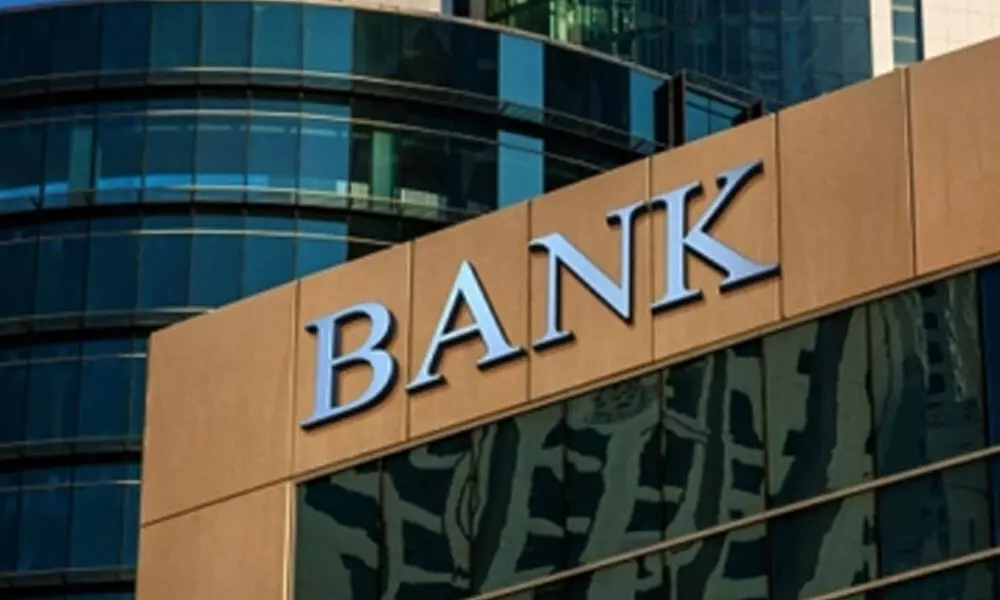Risk of a sharp fall in Indian banks' asset quality has receded
The Indian government's support measures for bank borrowers have softened growth in non-performing loans (NPLs), averting the risk of a sharp deterioration in asset quality, according to Moody's Investors Service in a new report.
image for illustrative purpose

New Delhi, Feb 5 The Indian government's support measures for bank borrowers have softened growth in non-performing loans (NPLs), averting the risk of a sharp deterioration in asset quality, according to Moody's Investors Service in a new report.
"Ample domestic liquidity, loose monetary policy, moratoriums on loan repayments and government-guaranteed loans to small businesses have supported Indian banks' asset quality. As a result, restructured loans have not increased as much as we expected at the onset of the pandemic," says Alka Anbarasu, Moody's Vice President and Senior Credit Officer.
Asset performance at India's largest private sector banks - HDFC Bank, ICICI Bank, Axis Bank, IndusInd Bank, IDBI Bank -- was better than what Moody's expected in the nine months to December 2020, or the first three quarters of the fiscal year ending March 2021 (fiscal 2021).
On the other hand, Yes Bank Limited, which was rescued by Indian authorities in 2020, faces greater asset risks than its peers, although its capitalisation, liquidity and funding have improved.
A recovery in India's economy in 2021 will support borrowers' debt-servicing capability after the support measures expire. As a result, a sharp deterioration in asset quality is now less likely than Moody's previously anticipated.
"Proactive efforts to raise fresh capital, improving profitability and increased loan loss reserves enable Indian banks to absorb unexpected losses, which will support their credit profiles," adds Anbarasu.
Strong deposit growth further enhances liquidity and helps reduce funding costs. Deposit growth outpaced loans at most banks through the third quarter of fiscal 2021 as consumers and businesses cut spending amid economic uncertainty, bolstering already robust liquidity at these banks.

